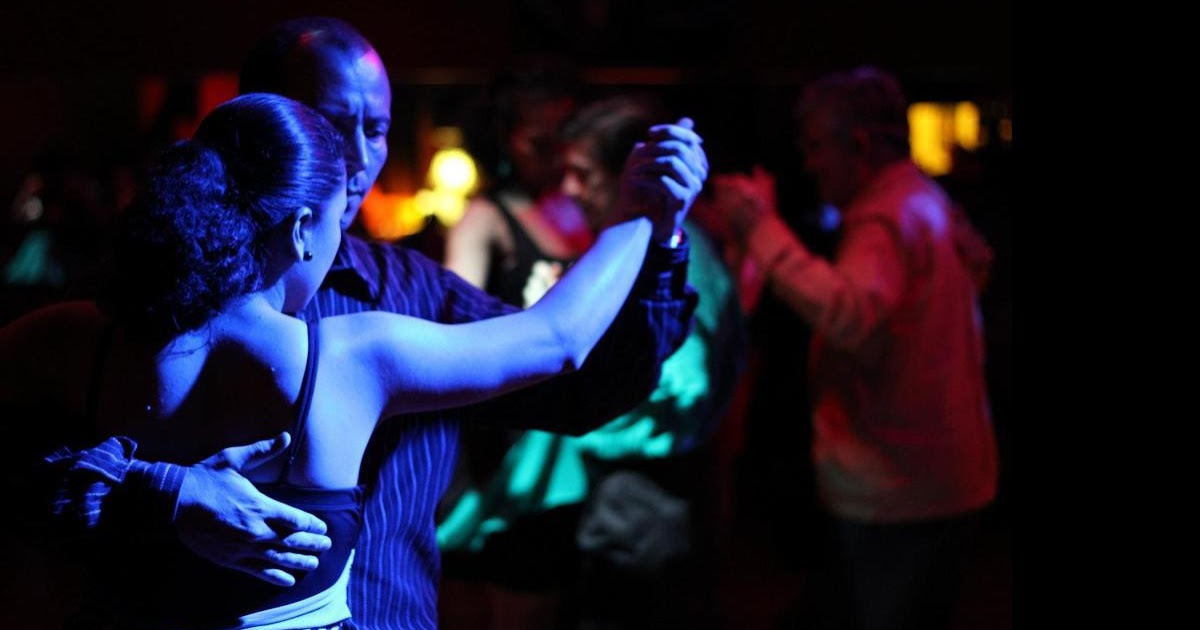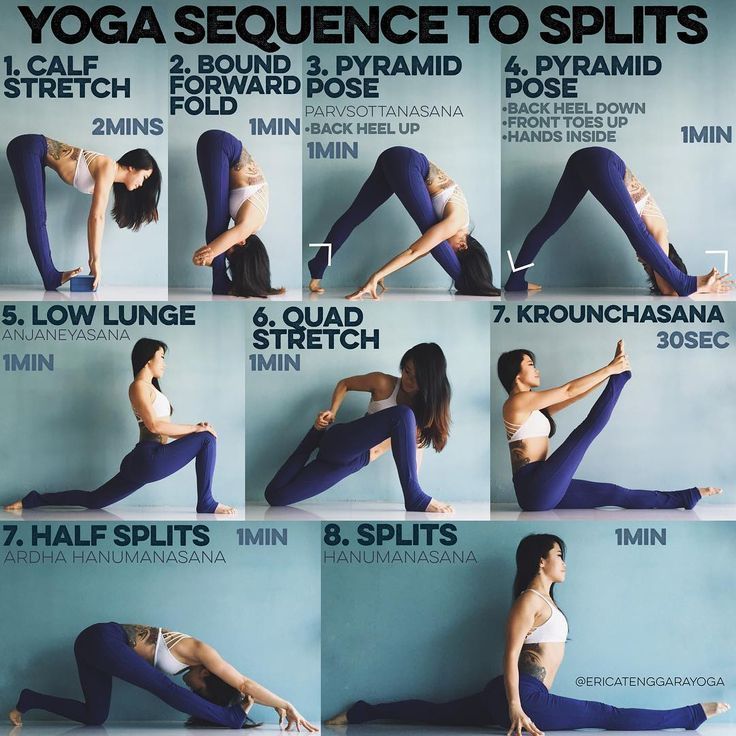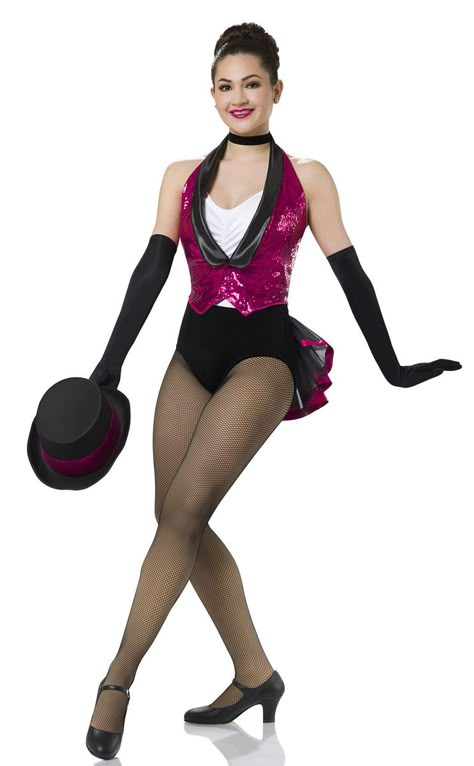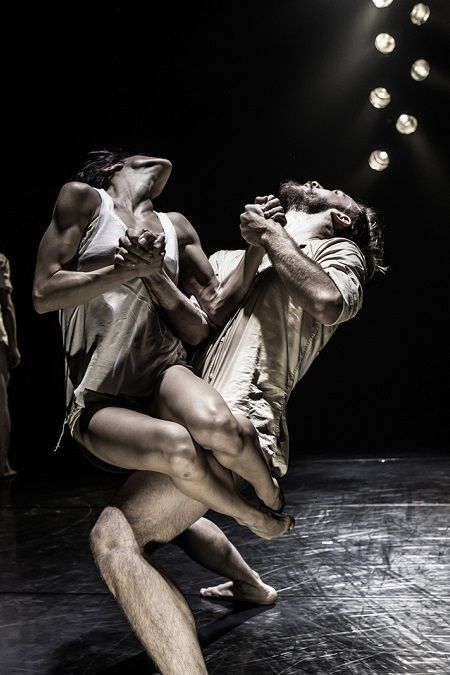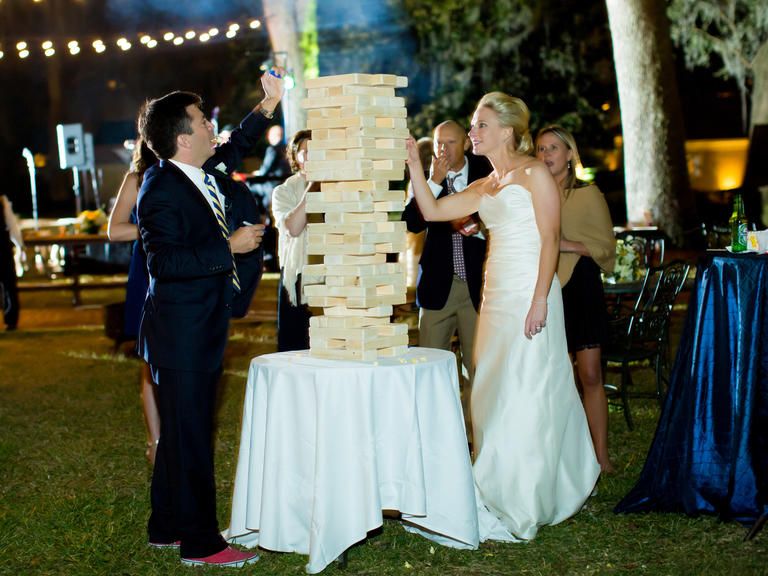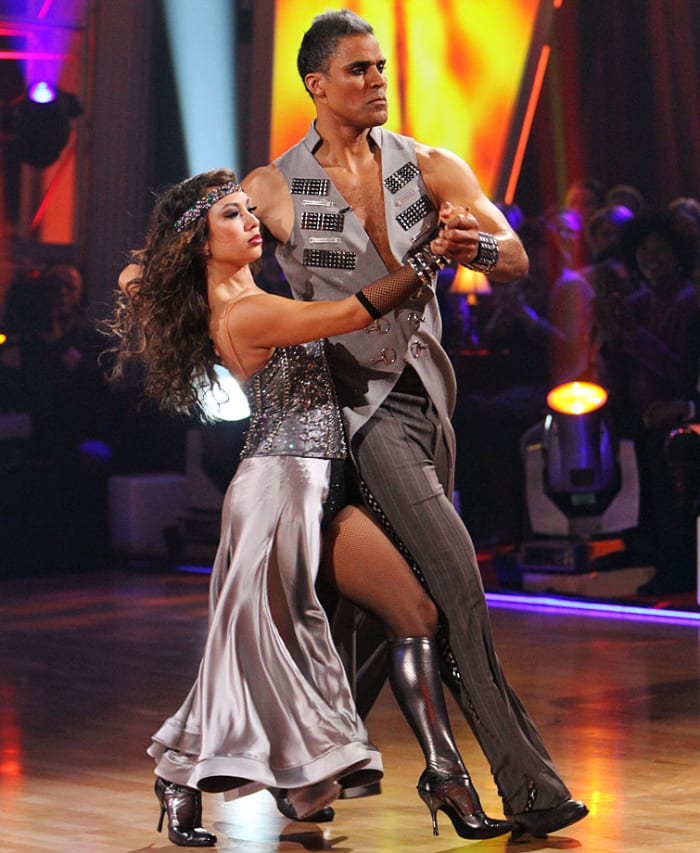How to critique a dance
| Guidelines for Viewing Dance and Writing Critiques for Dance Performances Chance favors a prepared mind! A mind is like a parachute; it works best when it’s open! The creative critic approaches each concert with open eyes and an open mind. Do not go with preconceived ideas or compare one performance against other performances. Each person will find a different aspect of the dance that is interesting for their own personal reasons and interests.
Guidelines for Viewing a Dance Performance:
Guidelines for Writing About a Dance Performance:
Mechanics:
Dance Critique Pet Peeves: When writing about the subjects below: Refer to male dancers, men or danseurs (if classical ballet) Refer to female dancers, women or ballerinas (if classical ballet) Refer to a piece, work or dance Refer to movements Refer to live music Refer to recorded or pre-recorded music Refer to danced together or in unison Refer to the performance or the concert DO use both names ("Catherine Zeta-Jones danced well in Chicago" or "Ms. DO write in the third person DO NOT make general assumptions for the audience DO NOT include title page information on first page of critique (name, date, professor's name, class, performance) DO NOT switch tenses; DO NOT identify the performers in a list from the program notes.
Example This is poor example of an opening paragraph because it does not grab the reader’s attention and only lists information readily found in the program. Also it does not provide the reader with any additional information or insights into the performance.
Dance Critique Checklist: _____ Title page including: student's name, due date of paper, class, concert critiqued, professor's name, pledge written in full. No title page information should be included on first page since you have a title page. _____ The ticket stub and/or verification from the performance must be attached to each critique. _____ Student's last name and page number should be included in upper right corner of each page. _____ Be sure to use one-inch margins on all sides in the text of your paper. Check your computer for margin settings. _____ Do not write in the first person. Write in the third person. _____ The first sentence of your critique sets the tone for the paper and should draw the reader in. _____ Critique has a centralized theme. _____ Critique has a conclusion. Other Disciplines | Writer's Web | Make a Tutoring Appointment | Modlin Center | Dept. of Theatre & Dance |
Dance Critique Essay | Why Are Dance Critiques Important?, Factors to Consider a Dance Critique
Dance Critique Essay: Dance critiques are a way of documenting a dance performance through a spoken or a written review. It can also refer to the report or review itself. Usually, critiques can be submitted anonymously by the audience or by the dancers themselves. This essay will define the term critiques, introduce dance critique examples, and explain why they are important. The essay will also act as a guide to create a dance critique of your own.
Students can find more English Essay Writing Topics, Ideas, Easy Tips to Write Essay Writing and many more.
Dance critiques are pieces of writing that document the art of dance through written or spoken word. They provide descriptions about the dancer’s movements, attire, choreography, etc. Dance critiques are also meant to communicate what feelings or emotions were experienced by the critic while watching the performance.
Why Are Dance Critiques Important?
Dance critiques are important because they allow audiences to be able to learn about different kinds of dances without having to physically attend a performance themselves. Dance critics provide written or verbal descriptions that detail what the dancer’s movements were.
How Do You Write A Dance Critique Example?
As already discussed, a dance critique is a type of evaluation of a dance and its performance. It can also be an evaluation of the dance instructor or the venue where the dance was performed. The critic will usually discuss what they liked and didn’t like about the performance, whether it met any expectations, and whether they would recommend that others see it. Following are a few steps to consider when writing a dance critique:
The critic will usually discuss what they liked and didn’t like about the performance, whether it met any expectations, and whether they would recommend that others see it. Following are a few steps to consider when writing a dance critique:
- Experience the performance with an open mind – One of the most exciting aspects of experiencing a dance performance is that it’s unpredictable. You never know what you’re going to see, hear, or experience. Every audience member has their own unique perspective on the performance and it’s important to watch, listen, and experience the performance with an open mind.
- Do a little research – Access to historical information about the choreographer and the other works by that choreographer can help to formulate a structure to your dance critique. Other important factors to consider when drafting the dance critique includes the dance itself, the dance company, the principal dancers, the composer and other influencing factors.

- Writing the critique – Analyze and begin writing the critique. Consider factors such as movement, choreography, space, performance, music, staging, overall reaction and personal response.
Factors to Consider when Drafting a Dance Critique
Following are certain factors to consider and their sample usage in a dance critique
What movements were observed in the dance performance?
“The choreography of this dance performance mainly consisted of rhythmic body movements and was observed to be quite fast-paced. It is worth noting that the dancers’ movements were in sync with one another and had a very fluid quality.”
What body actions did the dancers perform?
“The dancers performed the salsa dance. They were demonstrating a combination of Latin American and traditional ballroom dance moves.”
Which parts of the body were emphasized during the dance performance?
“The performance highlighted body parts that are often not shown in modern dance.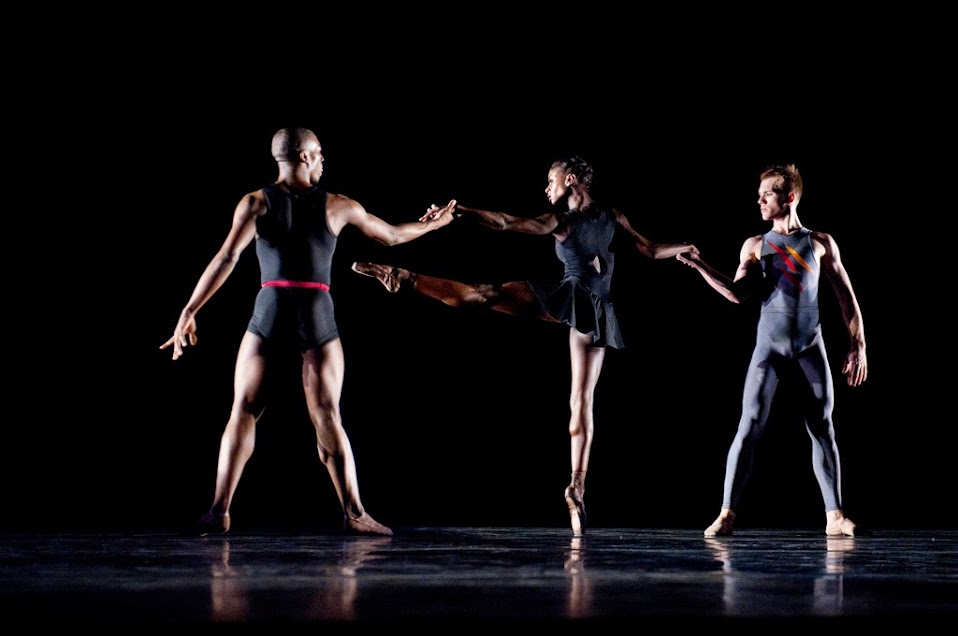 The dancers’ bodies were expressive and sensual, creating a provocative experience for the audience.”
The dancers’ bodies were expressive and sensual, creating a provocative experience for the audience.”
Was the dance performance sharp or sluggish?
“The performance was sharp and crisp. The dancers moved with precision and grace. Watching them was a breathtaking experience that I will never forget.”
Was the dancer’s movement deliberate or explosive?
“The dancer’s movement was deliberate. The use of explosive gestures was limited to specific moments only. This can be seen in the first section of the dance, where he only used them during the release of tension, or when transitioning between different parts.”
What forms did the dancers’ bodies employ?
“The dancers’ bodies were splayed across the floor, some in contorted positions while others were lying on their backs or curled into the fetal position.”
What kind of structure does the dance employ?
“The structure of the dance was very well put together, following the ABA choreographic structure. Moreover, the dancers all seemed very talented and it seemed like they were having a lot of fun.”
Moreover, the dancers all seemed very talented and it seemed like they were having a lot of fun.”
How did the dancers relate to each other?
“All dancers have a different perspective of the dance as they all experience it differently. The dancers never agree as to what is going on, so they have to come together and decide on a plan of action.”
How were the dancers grouped?
“Dances are often performed in groups. Dancers are usually not alone or in pairs, but instead are in groups.”
What kind of movements were observed in the dance performance?
“The dance performance has a very fluid and rhythmic movement. There are many fast movements but there are also moments of stillness.”
Was the dance a narrative?
“Not all dances tell a story, but some do. A narrative dance is a type of creative dance that uses choreography to tell a story or convey a sequence of events through movement and gesture. ”
”
Was the dance abstract?
Abstract art is difficult to understand; it does not have a concrete idea or story that can be communicated visually. The term abstract refers to anything that does not represent an object, feeling, or recognizable form.
Did the dance have a clear beginning, middle, and end?
Generally, a dance will have a beginning, a middle, and an end. The dance begins with the introduction of the dancers and the “call” for all to come out on stage. The middle of the dance is usually where most of the dancing takes place with a clear beginning and end.
Movement of dancers through space
“This dance performance was designed to explore the experience of moving in space. The dancers moved in an almost choreographed manner, with their movements often mirroring each other.”
What were the technical and expressive abilities of the dancers?
“The performance showcased technical and expressive abilities of the dancers in a variety of ways. One notable instance had the dancers depending on each other for balancing.”
One notable instance had the dancers depending on each other for balancing.”
What made a particular performer stand out?
“The performer that stood out the most for me was Natalie Portman. She was incredible! Her moves were so distinctive and graceful. I love her expressions too – they were very communicative and brought out subtle emotions”
Were the dancers focused and energetic?
“The dancers in the performance were focused and energetic. They were able to listen to the music and follow it smoothly. The dancers displayed a great deal of skill by doing complicated moves with ease.”
Common Mistakes When Writing A Dance Critique Example
You can avoid common mistakes when writing a critique by following these simple guidelines:
- Make sure your critique is complete – A critique is a critical evaluation of somebody’s work. They are often written by experts who have the knowledge to judge somebody else’s work.
 When somebody asks for your opinion on their work, it is considered polite to provide feedback that will help the individual grow and learn from their mistakes.
When somebody asks for your opinion on their work, it is considered polite to provide feedback that will help the individual grow and learn from their mistakes. - Avoid personal bias as much as possible – Personal bias can be detrimental to your writing. For example, if you are writing about a topic that you have strong feelings for, it can lead to biased arguments and biased facts. It is important to be fair and objective when presenting facts in order for the reader to feel confident in your arguments and conclusions.
- Be as concise as possible – Writing concisely will make your critique more readable and more likely to be shared. Shorter sentences and paragraphs allow readers to comprehend the information quickly and easily. Concise writing also leaves less room for misinterpretations and inaccuracies, and allows readers to spend more time reading about the content rather than reading the verbose introduction.
- Be respectful – Critiquing a performance is a delicate art.
Furthermore, constructive criticism is not personal, but rather an opportunity for improvement. If you are reviewing someone’s performance, keep in mind that there may be something about it they may be proud of even if you find faults in it.
Conclusion
Dance critiques are a constructive response to a dance performance with a purpose of providing feedback to the dancer. The critique is a structured conversation with a dancer about his or her performance with the goal of providing feedback on the way they danced. Moreover, dance critics are able to see dance through a different lens. They can critique the performance, the choreography, the costumes, and more. For example, they can focus on whether or not dancers are in sync with one another or if there was anything that didn’t seem to make sense. This is an important role because it helps to shape future performances and often leads choreographers to change their work.
FAQ’s on Dance Critiques
Question 1.
What are Dance Critiques?
Answer:
Dance critiques are a form of feedback given to dancers after they perform. Dance critiques can be positive or negative, and are often used to help dancers grow and develop their performance skills.
Question 2.
Why Are Dance Critiques Important?
Answer:
Dance critiques are important to help dancers, choreographers, and dance teachers understand what they are doing right and what they are doing wrong. Dance critiques can also help dancers understand the meaning of their performance. Most importantly, dance critiques should be constructive, not destructive.
Question 3.
How do you write a dance critique?
Answer:
A dance critique is a form of review which evaluates the performance of a dancer. A dance critique can be written in response to an individual performance, or as part of a wider discussion on technique or style within the field.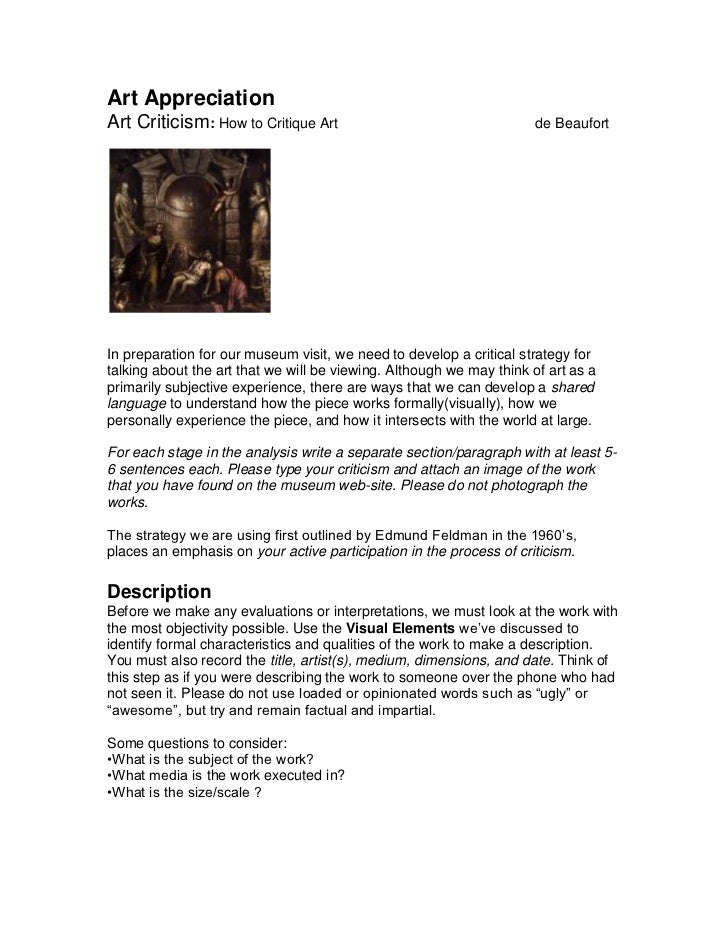 The critique should cover the following areas: performance date, location of the performance, choreographer, dancers, program, music, costumes, lighting, sets, personal opinion of the reviewer and also the audience.
The critique should cover the following areas: performance date, location of the performance, choreographer, dancers, program, music, costumes, lighting, sets, personal opinion of the reviewer and also the audience.
Criticism and perception in dance. From a bird's eye view.: zoukability — LiveJournal
Author: Nadezhda Murasheva, Moscow
Do you know that first feeling when you are reprimanded? Such bewilderment, which flows into a mixture of indignation, rejection, the desire to answer "And you ..." and begin to analyze the mistakes yourself. Especially if the remark is made by a less experienced dancer.
I know. We have to deal with this, whether we like it or not. Correctly adjusted filters in your perception will help to accept criticism easier and more positively.
I am not a psychologist and I am not the ideal of political correctness on the dance floor. I know it ;) But still I would like to share that vision of the world, thanks to which the reaction to comments becomes much easier.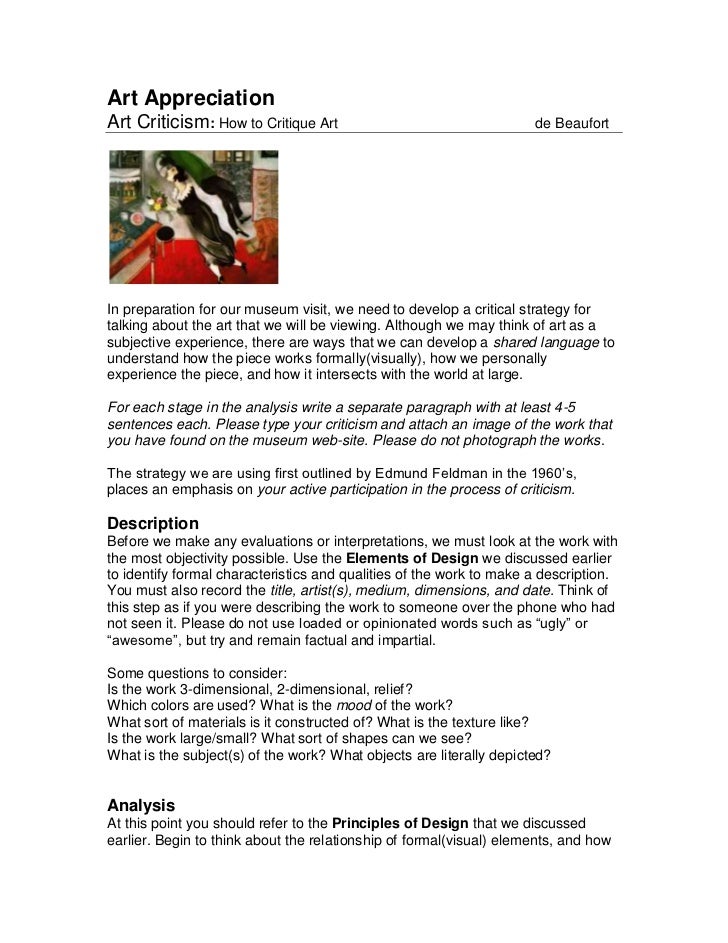 The information is taken from various articles on the Internet. If desired, everyone can then delve into an independent study of this topic.
The information is taken from various articles on the Internet. If desired, everyone can then delve into an independent study of this topic.
If you have anything to argue or add, please leave a comment.
Psychologists, don't hit hard)))
* * * *
Sometimes a cigar is just a cigar. (S. Freud)
In my opinion, the main problem in the perception of criticism is that any remark passes through the prism of our perception and is strongly refracted in it. We impose our emotions, complexes and much more on the remark. And the original message is perceived in a distorted form.
Example 1:
Note: "You're holding my wrists painfully!"
How the addressee perceives: "You're clumsy, it's terrible to dance with you. It would be better if you stayed at home"
Actually: "You're holding my wrists painfully! I'm uncomfortable, I want to make our dance more enjoyable. "
"
Example 2:
Note: "You're not holding the frame at all!"
How the addressee perceives: "She just raises her self-esteem when she rots me."
Actual: "I don't feel comfortable dancing with you, I don't feel you dancing. But I think that you have every chance of becoming a great partner, so I reprimand you."
Well, on the example of my blog:
Note: "A hunchback who knows how to wag his hip remains a hunchback"
How the addressee perceives: assert itself in this way."
Reality: A hunched back is terribly ugly and doesn't really help balance. Anyone who benefits from these remarks will, after a while, feel a significant difference between what was and what has become. I will be pleased if I manage to motivate someone and open the door to the world of amazing discoveries. Discovery of new muscles in your body, for example. I will write more about this later)0005
Perception (on both sides) is influenced by many factors: etc. This whole bouquet colors the reality that you see. Try to strip the remark of all this, and you will have a dry pomace to work with.
This whole bouquet colors the reality that you see. Try to strip the remark of all this, and you will have a dry pomace to work with.
When someone reprimands you about your dance, remember that it is just a reprimand about your dance !
Don't think of something that doesn't exist. The person does not criticize you as a person, he does not want to offend you or show that you are a terrible dancer. On the contrary, they want to help you become better. Yes, sometimes this remark is not clothed in the most correct and pleasant form. However, you can still benefit from it.
Of course, there are times when the critic actually makes a remark in order to raise his self-esteem. But even in such comments there is often a share of common sense that can be taken into account and become better. And the author of the remark - to understand and forgive)
Any emotional criticism primarily characterizes the critic.
It happens that a remark is not related to facts like painful/uncomfortable, but is more evaluative in nature: dislike, awful, disgusting, tasteless, etc. And here are negative reactions such as "it asserts itself."
And here are negative reactions such as "it asserts itself."
Everything that causes any emotional response in us is a reflection of ourselves.
"We always think that we are loved because we are good. We don't realize that we are loved because those who love us are good." (L. Tolstoy)
Be it positive or negative emotions, their source is INSIDE of us. If you feel negative towards something or someone, look into your soul and there you will find its cause. Negativity can always be replaced by sincere indifference.
Very often we are repulsed by traits and behaviors that are characteristic of ourselves.
We can be aware of this and not love them in ourselves, or not be aware. We may be afraid to admit to ourselves that we have these traits. It does not affect the final result. So, when you strongly dislike something in another person, it is very useful for prevention to ask yourself the question:
Do I do it myself? Maybe, after all, yes? . .
.
Self-esteem
Exaggerated ego causes negativity to almost all remarks that poke you into your shortcomings. Because this daredevil is trying to destroy your picture of the world and your royal place in it;))
And unstable and low self-esteem inspires the feeling that you are being proved your inability to learn something.
Attitude towards a person
Naturally, this affects how we react to words and behavior. For example, if we perceive other dancers as competitors, then we compare ourselves with them, we want to dance better than them. We treat them well as people, but in terms of dance they are our competitors ;) And comments from them can be annoying.
Or there may be a feeling of injustice/envy/jealousy: "he has started teaching, but I haven't yet" (for example). It seems to me that this is very important for dancing, because the perception of technique and professionalism here is very subjective. I'm tempted to find fault if the "teacher" doesn't do the headwork correctly. But if you see in a person not jambs, but a sincere desire to grow and share what he loves, then the negative disappears. You still see this wrong headwork and a lot of other things, but you no longer feel negative.
But if you see in a person not jambs, but a sincere desire to grow and share what he loves, then the negative disappears. You still see this wrong headwork and a lot of other things, but you no longer feel negative.
There can be a lot of options, it takes time and a certain courage to understand yourself. Do not neglect this, it helps to better understand yourself and control your emotions.
If you receive an emotional, subjective remark, just think about how it relates to the inner world of the critic.
Why was he so hooked? It's interesting) And don't take it personally.
A worthy response to subjective criticism is the absence of an answer.
It's just how he sees it.
What if you really want to make a remark in the dance?
- Think about whether the other person is ready to accept it? If he is not in the mood, or vice versa, he clearly enjoys singing and dancing with you, then right now is not the best moment.
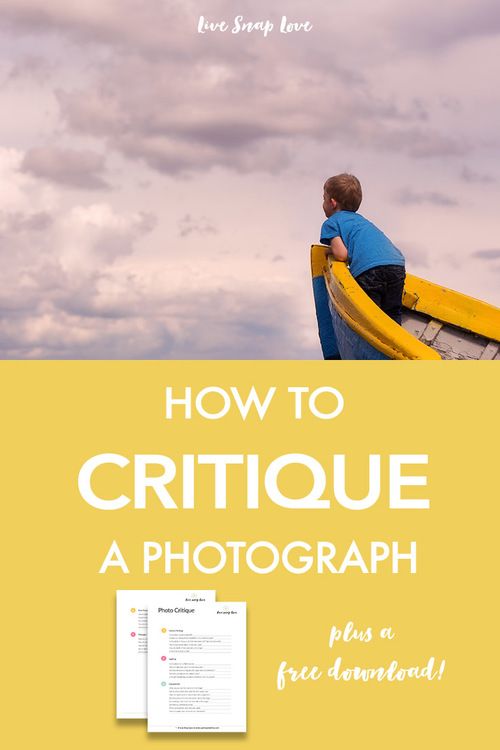
- Will your remark help him to be better? If a person dances for the sake of hanging out, abandoned his lessons a long time ago and never asks for feedback, then he is unlikely to need your remark.
- Are you sure that your comment is correct? Maybe the teacher knows better than you how to correct a partner's mistake? This is especially true in the classroom.
- Try to remove emotional coloring from the remark.
- Try to formulate the remark so that it immediately carries a solution to the problem: "Can you drive a little softer?" instead of "You drive very hard!".
- Remember that some things are worth growing to understand. Your remark may remain misunderstood, because the partner has not yet grown up to this.
- Do not transfer your attitude to the dance to your partner. This is the most painful)) If you zadrotish over your dance, it does not mean that the partner treats himself the same way. And this has to be dealt with.

And finally,
"Thank you" is a universal response to any remark that calms the critic and saves your nerves. Even if you do not agree)
You can follow the announcements of new articles through the VK group: https://vk.com/zoukability
Look Out: Critics of modern dance
30.06 - 6.07
Each day
New scene of the Alexandrinsky Theater
LOOK OUT: Critics of modern dance criticism Open Look conducts a group of beginner critics of a modern dance 9000
What this workshop is about
Nowadays, it is not necessary to become a full-time critic of the official paper media in order to write about dance.
There are many online publications where you can try your hand. You can create your own. You can post on social media.
But how to write in such a way that your text becomes noticeable in the ever-renewing Facebook stream?
How to make the reader read your text to the end?
At the LOOK OUT workshop as part of the OPEN LOOK festival, we will try to help you master the basic knowledge of dance criticism in a week.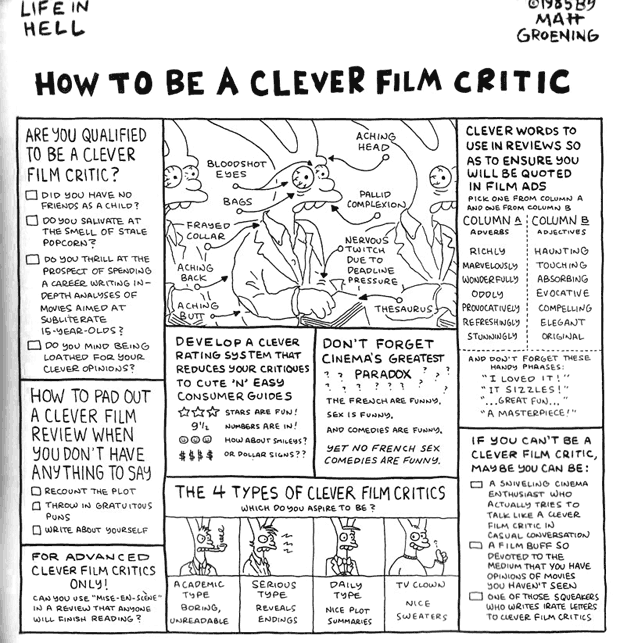 Is free.
Is free.
Let's analyze the main mistakes of novice critics (are you still retelling the plot of Sleeping Beauty instead of analyzing the play itself?)
Let's share our experience
Studying the structure of critical articles
Practice writing announcements/reviews/historical articles/press releases/and beyond
Talk about journalistic ethics
Share technical life hacks that will help in writing articles
enough participants to be torn to pieces)
We will print every day a wall newspaper for the festival
and much, much more ...
Workshop LOOK OUT for you, if
You want to learn how to write about dance
You want to meet like-minded people
You lack practical knowledge in the field of dance
You want to plunge into the atmosphere of a modern dance festival with benefits
What do you get?
Accommodation in St. Petersburg
The festival will pay for your accommodation during the workshop
Theoretical lectures
Weekly course on the theory of dance criticism from Vita Khlopova
A lot of practices
Daily tasks on dance criticism and analysis of articles in the group
Joint trips to performances
Guaranteed passage to the best performances of the festival 9000 Festival
9 together with the MASTERS school, which we will also attend
Possibility of publication on sobaka. ru
ru
The finalist will remain on Russian LOOK and become its official observer for the No fixed points portal, but the main thing is that there is a chance that the best article of the practice will be published on the sobaka.ru portal.
What are you doing?
Send your review
Send any of your text to [email protected]. By "any" we mean: a dance song written this season. Published or not is not so important.
Fill in the participant form
To make it easier for us to collect the number of participants in one place, and we did not lose anyone.
Choose a form of participation
If you want to be our listener, but you do not have the opportunity to attend all classes, and you do not want to write and analyze your texts every day, you can choose LIGHT participation. You attend classes at your own discretion and receive personal advice from the speaker.
To do this, you still need to send your text and fill out the questionnaire (where you indicate the desired form of participation)
Cost — 5000 rub.
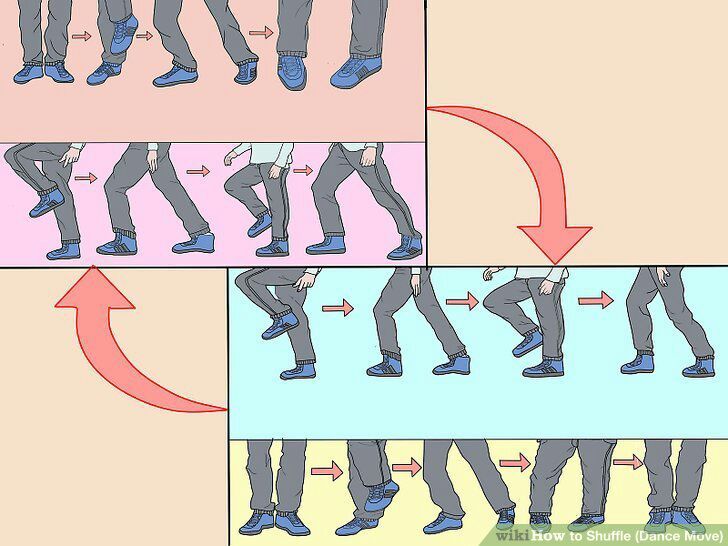 Remember that there is no right answer since art is abstract and everyone responds to art differently.
Remember that there is no right answer since art is abstract and everyone responds to art differently.
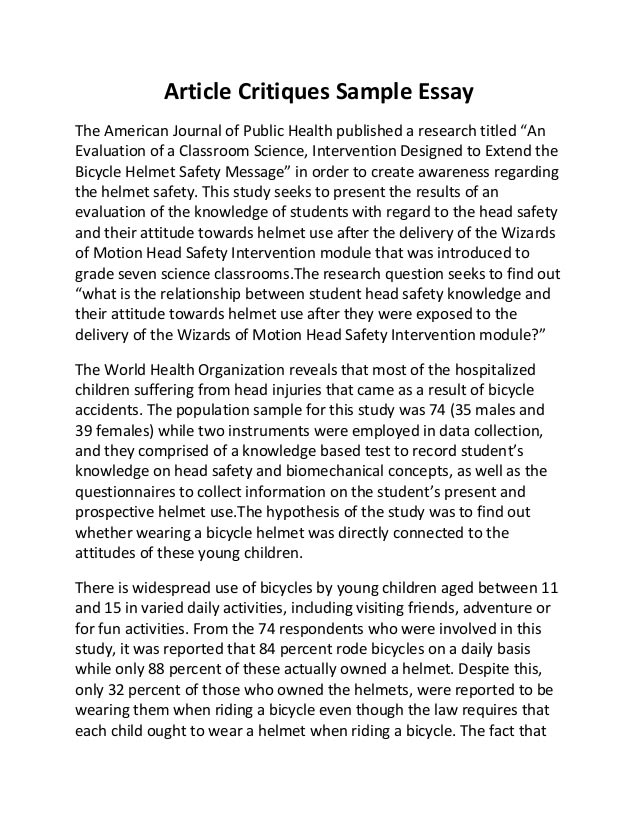 ” Vienna-Lusthaus (revisited); Reviewed by George Jackson: Dance Magazine, May 2003: 79.
” Vienna-Lusthaus (revisited); Reviewed by George Jackson: Dance Magazine, May 2003: 79.  When speaking about any element of design, you must include the designers' names.
When speaking about any element of design, you must include the designers' names.  Check your computer for margin settings.
Check your computer for margin settings. 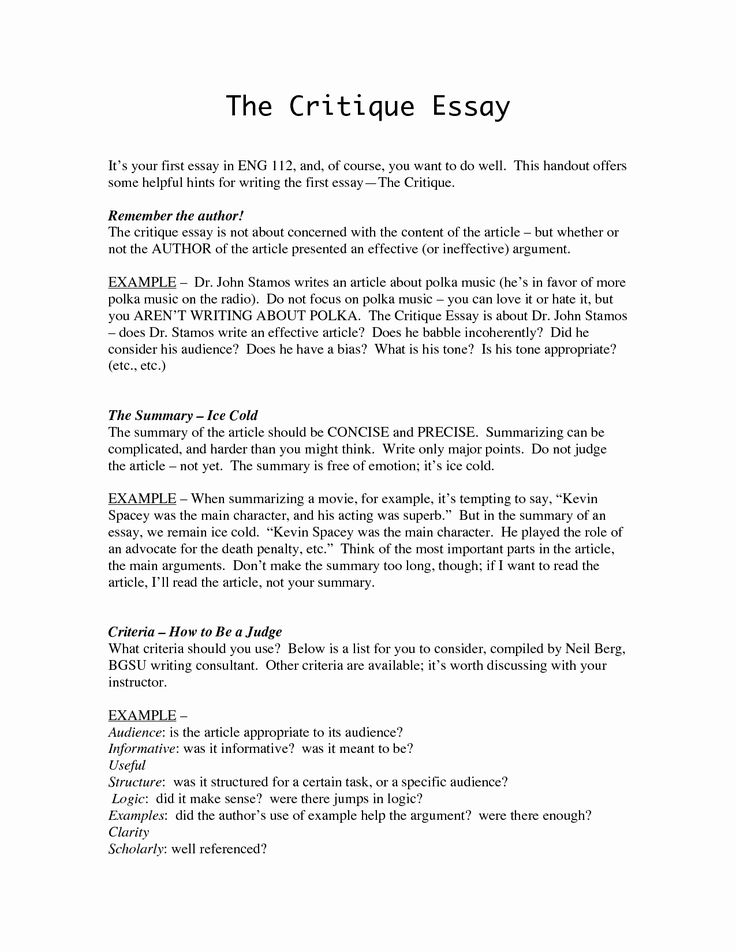 Zeta-Jones danced well in Chicago.")
Zeta-Jones danced well in Chicago.") 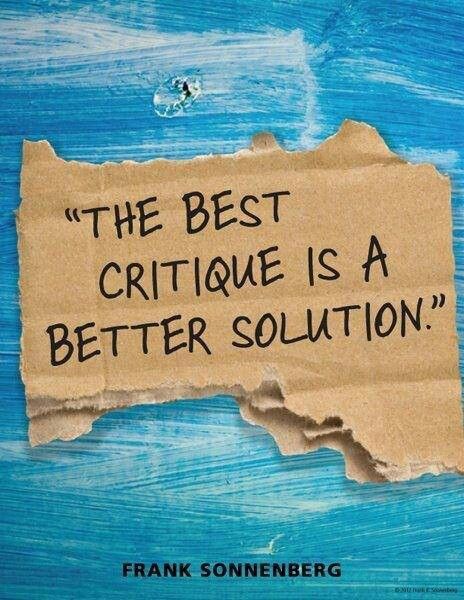
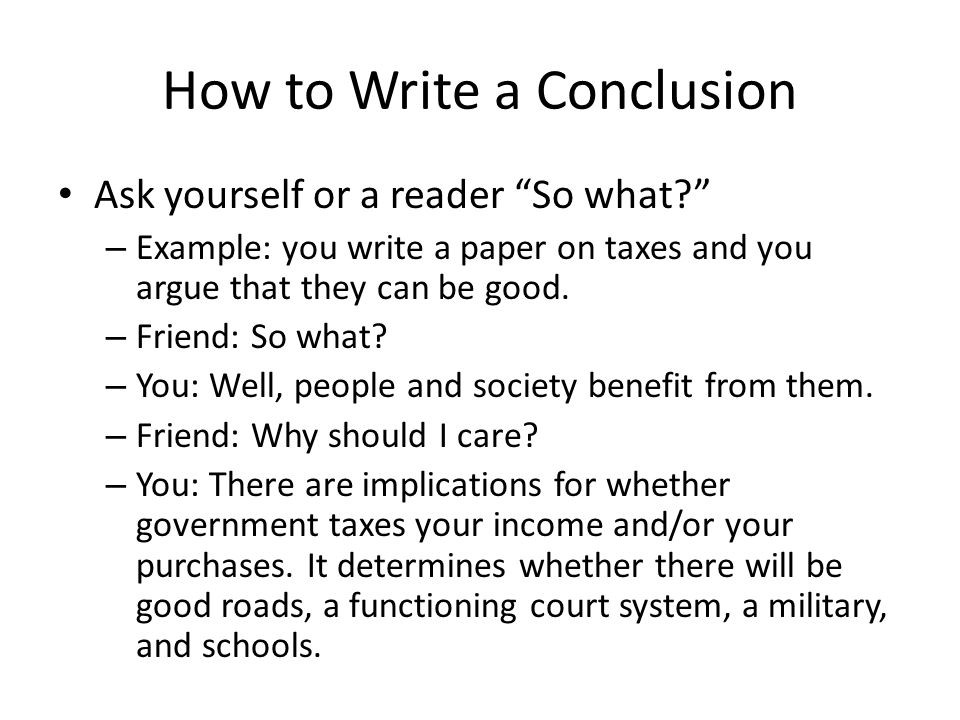 Performing lead roles were, Léonide Massine and Tamara Toumonova. Also dancing were Tatiana Riaboushinska, Alexandra Danilova, Yurek Lazowski, Vera Zorina, Marc Platoff, Vera Volkova, Igor Youchkevitch and George Zoritch. Hector Berlioz did a great job composing both the music and the libretto for this performance.
Performing lead roles were, Léonide Massine and Tamara Toumonova. Also dancing were Tatiana Riaboushinska, Alexandra Danilova, Yurek Lazowski, Vera Zorina, Marc Platoff, Vera Volkova, Igor Youchkevitch and George Zoritch. Hector Berlioz did a great job composing both the music and the libretto for this performance.
